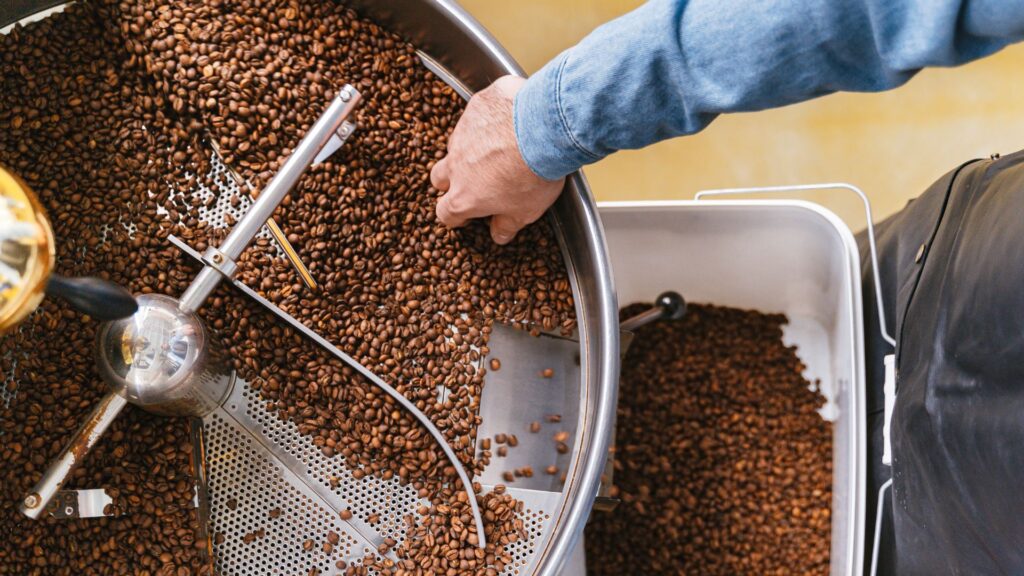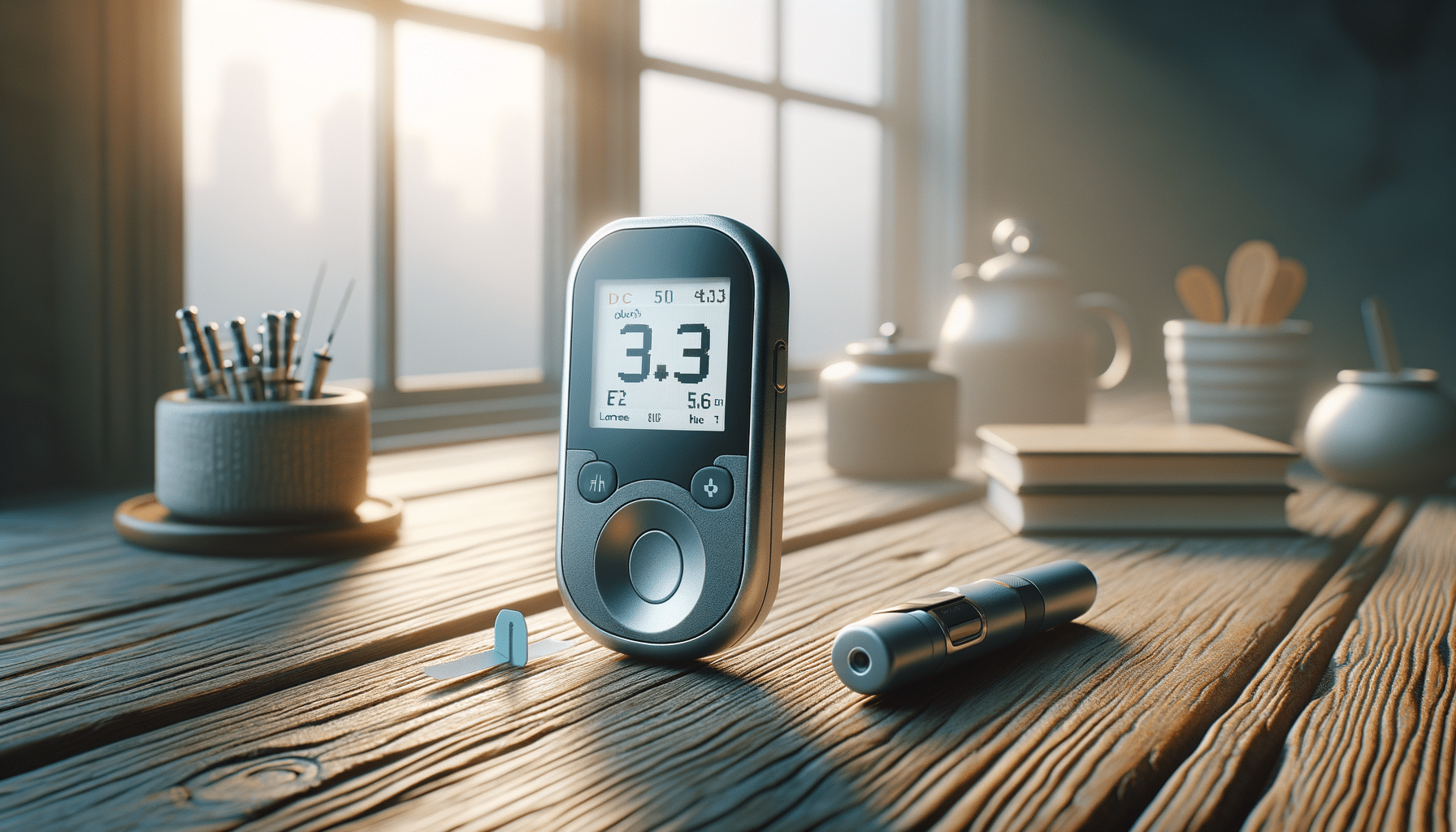
How to choose the right coffee beans for your taste
When it comes to coffee, one size definitely does not fit all. Whether you’re a long-time coffee lover or just starting to explore the vast world of coffee, selecting the right beans to match your personal taste can make all the difference. The coffee beans you choose are the foundation of your brew, influencing everything from the aroma to the flavour and body of your cup.
But with so many options available, how do you choose the right beans for you? In this article, we’ll explore the key factors to consider when selecting coffee beans, from bean types to roast levels, helping you discover your perfect cup of coffee:
- Arabica vs. Robusta: The two main coffee bean types
- Single-origin vs. blends: Which one should you choose
- Roast level: Light, medium, or dark?
- Finding your perfect coffee beans
Arabica vs. Robusta: The two main coffee bean types
Before diving into the world of coffee beans, it’s important to understand the two main types of beans: Arabica and Robusta. Each has its own distinct flavour profile, and the choice between the two largely depends on your personal preferences.
Arabica beans are the most popular coffee beans globally, making up about 60-70% of the world’s coffee production. Arabica beans are known for their smooth, complex flavour profile, with a range of subtle tastes. They often have fruity, floral, or nutty notes, and they tend to have a mild, less bitter flavour compared to Robusta. If you enjoy a coffee that is sweet, balanced, and less intense, Arabica is likely the better choice. The beans also have lower caffeine content compared to Robusta, making them ideal for those who prefer a gentler caffeine hit.
Robusta beans, on the other hand, have a stronger, more bitter flavour. They are often described as having earthy, woody, or even chocolate-like notes. Robusta beans are generally considered more robust (hence the name), with a higher caffeine content than Arabica. This makes Robusta a good choice for those who like their coffee bold and punchy. Robusta beans are often used in espresso blends because their higher caffeine content provides a richer crema (the creamy layer that forms on top of espresso). If you prefer a stronger, more intense coffee, Robusta might be the way to go.

Single-origin vs. blends: Which one should you choose?
Once you’ve decided between Arabica and Robusta, the next consideration is whether to go for single-origin coffee or a blend.
Single-origin coffee comes from one specific location, whether that’s a particular country, region, or even a single farm. The flavour profile of single-origin coffee reflects the unique characteristics of the area in which it’s grown. For example, a coffee from Ethiopia might have fruity, floral notes, while a coffee from Colombia may be nutty and well-balanced. Single-origin coffees are perfect for those who want to explore the nuances of different coffee-growing regions and taste how the environment impacts the flavour. If you’re into exploring subtle flavours and enjoying coffee that’s true to its origins, single-origin beans are a great choice.
On the other hand, blended coffees are created by combining beans from multiple regions, varieties, or roasts. The goal of blending is to create a well-balanced coffee with a consistent flavour profile. Blends are often more complex, with layers of flavours that complement each other. Coffee roasters use blends to achieve specific taste characteristics, such as a fuller body, sweetness, or a richer crema. If you’re looking for a balanced, reliable cup that offers a bit of everything, a blend may be the better option. Blended coffees are often used in espresso preparations and can be a great starting point for those new to specialty coffee.
Roast level: Light, medium, or dark?
The roast level of your coffee beans is another crucial factor that influences flavour. The roasting process transforms the beans, bringing out different flavours, aromas, and textures. There are three main roast levels: light, medium, and dark, and each appeals to different tastes.
Light roasts: Lightly roasted beans are roasted for a shorter time and at a lower temperature. They retain more of the beans’ original characteristics, such as acidity and fruity flavours. Light roasts tend to be bright and lively, with floral, citrus, or berry-like notes. If you enjoy a more complex, nuanced cup with a noticeable acidity, light roasts are a great choice. Many single-origin coffees, particularly from Africa and Latin America, are often roasted lightly to highlight their unique flavours.
Medium roasts: Medium roasts are the most popular roast level and are often considered the “sweet spot” for coffee. They are roasted to a slightly higher temperature than light roasts, which reduces some of the acidity while enhancing the natural sweetness of the beans. Medium roasts are typically well-balanced, offering a combination of acidity, sweetness, and body. If you’re new to specialty coffee or want a cup that isn’t too sharp or too bold, medium roasts are a safe bet. Common flavours include caramel, chocolate, and nutty notes.
Dark roasts: Dark roasts are roasted to the point where the beans start to lose much of their original flavour, with the roasting process dominating the taste. Dark roasts have a stronger, bolder flavour, often with smoky, bitter, or chocolate-like notes. The longer roasting time breaks down the natural sugars in the beans, reducing their acidity. If you prefer a coffee that’s rich, bold, and intense with little to no acidity, dark roasts are your best bet. Popular dark roasts include French Roast and Espresso blends.
“Choosing the right coffee beans is an exploration of flavour, where each roast, region, and blend brings you closer to discovering your perfect cup.”

Finding your perfect coffee beans
Choosing the right coffee beans is all about personal preference. Whether you’re a fan of the fruity, complex flavours of Arabica, the bold punch of Robusta, or the nuanced profiles of single-origin coffee, there’s a coffee bean out there to suit your taste. The key is to experiment with different types of beans, roast levels, and blends to discover what you enjoy most. Don’t be afraid to try new coffees from different regions or explore a variety of roasts to see how they affect the flavour.
Let’s recap what we’ve learned:
- Arabica beans are smooth and complex with fruity, floral notes, while Robusta beans are stronger, more bitter, and have higher caffeine content, offering a punchier flavour.
- Single-origin coffee highlights the unique flavours of a specific region or farm, while blended coffee combines beans from various sources to create a balanced and consistent flavour profile.
- Light roasts have bright, fruity flavours and more acidity, medium roasts are well-balanced with sweetness and body, and dark roasts have bold, smoky flavours with reduced acidity.
- The bean type (Arabica or Robusta), roast level, and whether the coffee is single-origin or a blend all significantly impact the overall taste of the coffee.
- Finding the right coffee beans involves experimenting with different types, roasts, and blends to match your personal taste preferences, allowing you to discover your perfect cup.
